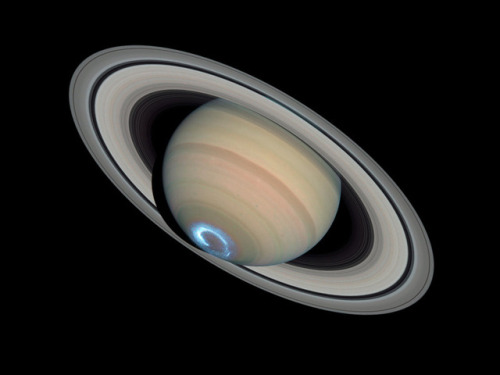Saients - How Cool Is That?
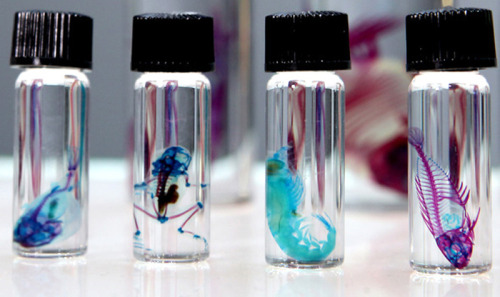
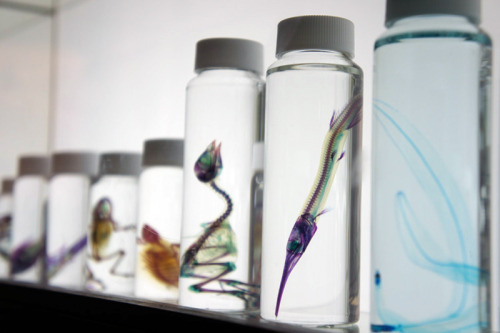
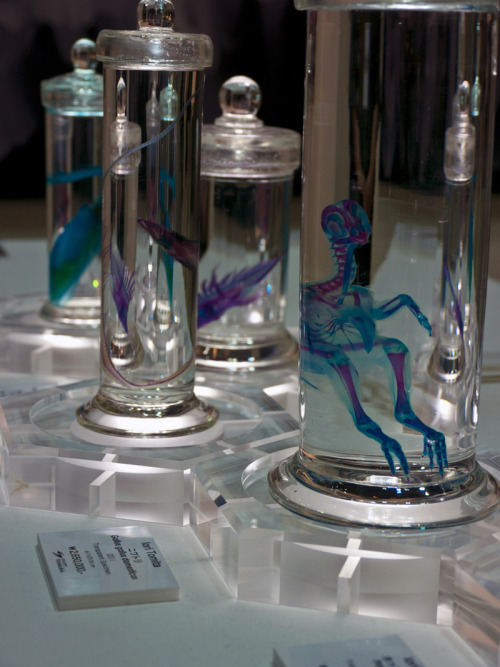
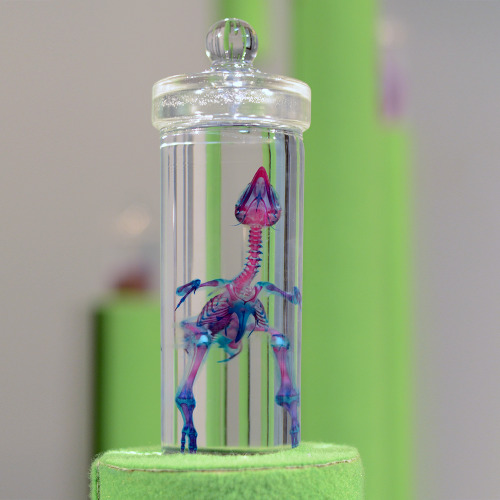
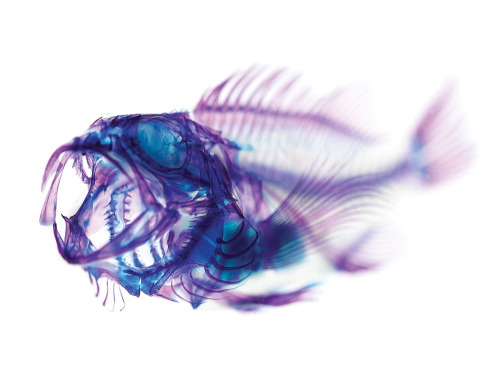
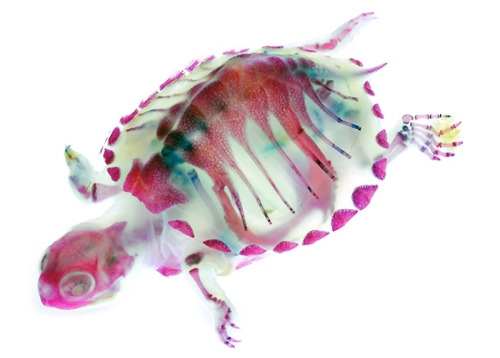
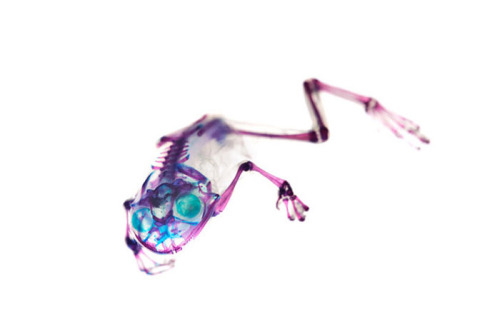
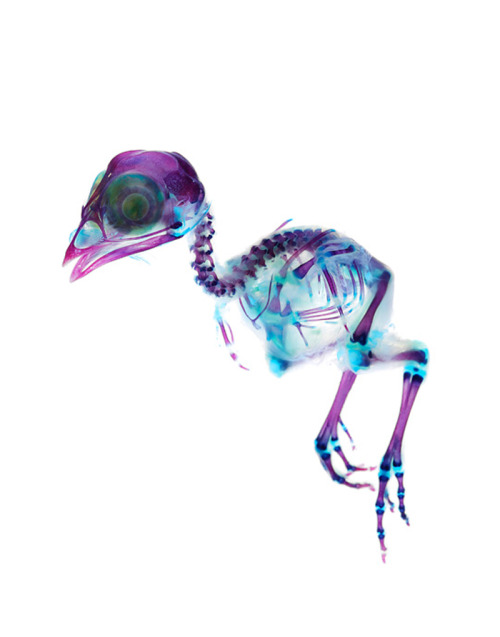
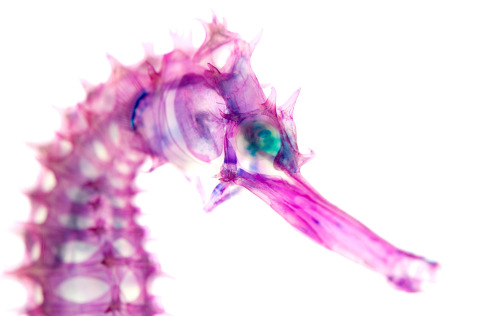
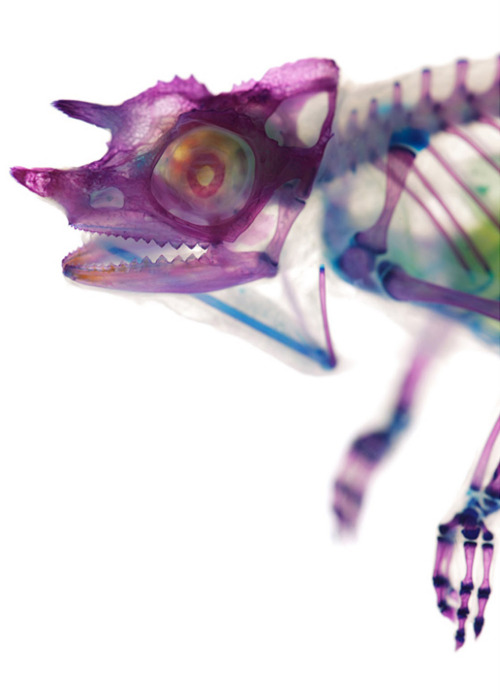
More Posts from Saients and Others

NASA astronaut Peggy Whitson becomes first woman to command ISS twice
NASA astronaut Peggy Whitson achieved a new milestone at the International Space Station on Sunday, when she became the first woman to command the ISS twice.
Whitson is replacing astronaut Robert Shane Kimbrough, who will depart the space station Monday.
“Up here we don’t wear shoes, but Shane is leaving me some pretty big socks to fill,” Whitson said during a live broadcast as she assumed her new position. Read more. (4/9/2017 3:40 PM)


The Drake Equation
In 1961, following an early SETI experiment using radio telescopes called Project Ozma, astronomer Frank Drake arranged a historic meeting at the National Radio Astronomy Observatory in Green Bank, West Virginia. The ten attendees - among them a young Carl Sagan - discussed the feasibility and methodology of detecting extraterrestrial civilizations using radio astronomy. They formulated the Drake Equation - a rough, speculative means of estimating the possible number of current technologically-advanced civilizations in the galaxy.
N = the number of advanced extraterrestrial civilizations potentially detectable by radio signals in the Milky Way Galaxy.
Depending on the values used for each variable, N can work out to be hundreds of thousands or more, or very few.
R* = Rate of new star formation.
One estimate is 7 stars per year.
Fp = Percentage of stars with planetary systems around them.
New solar systems are being discovered every year.
Ne = Number of planets per star system capable of sustaining life.
Depending upon the temperature, type, and size of the star, the habitable zone of a planet for Earth-like life may be nearer or further from its star. Based on our own solar system, we might guess 1 or 2.
Fl = Fraction of those planets upon which life appears.
How many of those habitable planets upon which life has developed is difficult to estimate. In our own solar system, it’s at least 1 - there is a good chance that at one point, life developed on Mars, though traces of it have yet to be found.
Fi = Fraction of those planets where intelligent life appears.
Estimates vary wildly. We know it’s happened at least once here on Earth. As ‘intelligence’ is subjective, it may be that it has developed in other non-human, communicating species, like whales.
Fc = Fraction of those societies that develop advanced communication technology and send signals into space.
Intentional or unintentional, other civilizations might transmit identifiable signals into outer space that modern Earth technology could pick up.
L = Lifetime of communicative civilizations.
Do technologically-capable civilizations inevitably self-destruct, or can they last forever? This is an immensely uncertain question. We’ve been communicating with radio waves for fewer than 100 years, with the long-term survival of our species and our status as ‘technological’ uncertain.
Two New Missions to Explore the Early Solar System
We’ve got big science news…!

We’ve just added two more science missions to our lineup! The two selected missions have the potential to open new windows on one of the earliest eras in the history of our solar system – a time less than 10 millions years after the birth of our sun.

The missions, known as Lucy and Psyche, were chosen from five finalists and will proceed to mission formulation.
Let’s take a dive into each mission…
Lucy
Lucy, a robotic spacecraft, will visit a target-rich environment of Jupiter’s mysterious Trojan asteroids. Scheduled to launch in October 2021, the spacecraft is slated to arrive at its first destination, a main asteroid belt, in 2025.

Then, from 2027 to 2033, Lucy will explore six Jupiter Trojan asteroids. These asteroids are trapped by Jupiter’s gravity in two swarms that share the planet’s orbit, one leading and one trailing Jupiter in its 12-year circuit around the sun. The Trojans are thought to be relics of a much earlier era in the history of the solar system, and may have formed far beyond Jupiter’s current orbit.
Studying these Trojan asteroids will give us valuable clues to deciphering the history of the early solar system.
Psyche
The Psyche mission will explore one of the most intriguing targets in the main asteroid belt – a giant metal asteroid, known as 16 Psyche, about three times farther away from the sun than is the Earth. The asteroid measures about 130 miles in diameter and, unlike most other asteroids that are rocky or icy bodies, it is thought to be comprised of mostly metallic iron and nickel, similar to Earth’s core.

Scientists wonder whether psyche could be an exposed core of an early planet that could have been as large as Mars, but which lost its rocky outer layers due to a number of violent collisions billions of years ago.

The mission will help scientists understand how planets and other bodies separated into their layers early in their histories. The Psyche robotic mission is targeted to launch in October of 2023, arriving at the asteroid in 2030, following an Earth gravity assist spacecraft maneuver in 2024 and a Mars flyby in 2025.
Get even more information about these two new science missions HERE.
Make sure to follow us on Tumblr for your regular dose of space: http://nasa.tumblr.com
Hues in a Crater Slope
by NASA’s Marshall Space Flight Center Impact craters expose the subsurface materials on the steep slopes of Mars. However, these slopes often experience rockfalls and debris avalanches that keep the surface clean of dust, revealing a variety of hues, like in this enhanced-color image from NASA’s Mars Reconnaissance Orbiter, representing different rock types. The bright reddish material at the top of the crater rim is from a coating of the Martian dust. The long streamers of material are from downslope movements. Also revealed in this slope are a variety of bedrock textures, with a mix of layered and jumbled deposits. This sample is typical of the Martian highlands, with lava flows and water-lain materials depositing layers, then broken up and jumbled by many impact events. This image was acquired by the High Resolution Imaging Science Experiment (HiRISE) camera on Feb. 28, 2011 at 15:24 local Mars time. It is a stereo pair with image ESP_021454_1550. The University of Arizona, Tucson, operates HiRISE, which was built by Ball Aerospace & Technologies Corp., Boulder, Colo. NASA’s Jet Propulsion Laboratory, a division of Caltech in Pasadena, California, manages the Mars Reconnaissance Orbiter Project for NASA’s Science Mission Directorate, Washington. Image Credit: NASA/JPL/University of Arizona Caption: Alfred McEwen NASA Media Usage Guidelines
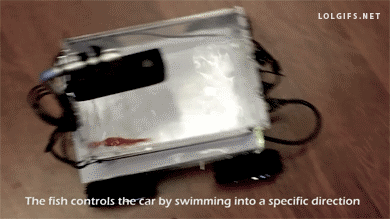

Fish on Wheels
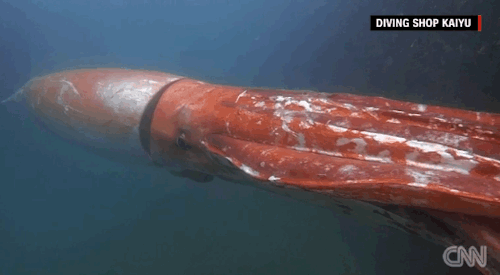
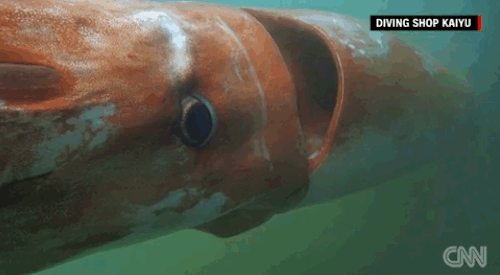
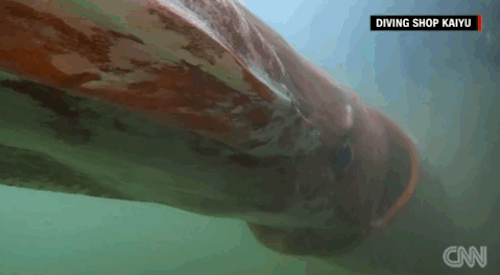
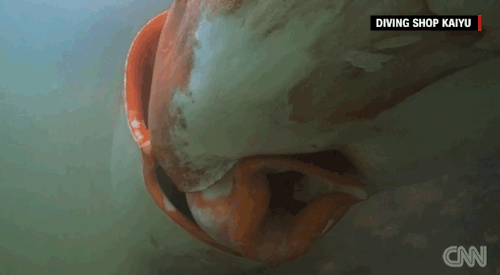

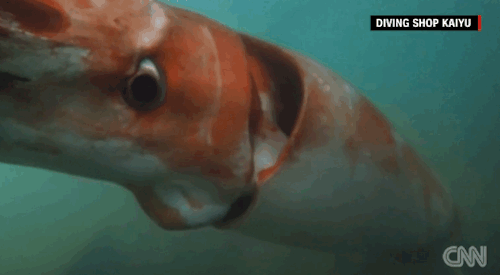
Giant squids might be even bigger than we realized
According to research from Charles Paxton, fisheries ecologist and statistician at Scotland’s University of St. Andrews, published in the Journal of Zoology this month, the giant squid could grow to reach as much as 65 feet. But even that is a “conservative analysis,” as size could protect against their #1 predator.
Follow @the-future-now
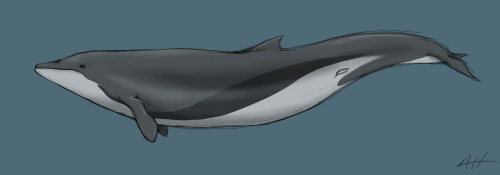
As a paleo-artist, one of my biggest pet peeves are prehistoric whales reconstructed not as whales but as sinewy, snarling, shrink-wrapped marine reptiles. It’s just not a plausible reconstruction, even if it’s highly speculative, and it paints an incorrect image in the public eye. Granted, this is a struggle I’ve exlpored in all forms of paleo-art and reconstructive illustration. But the whales have really been getting to me recently.
Here are some recontructions of Basilosaurus, if you don’t know what I mean (one by Karen Carr, the other by an artist I could not determine):


These snakey, reptilious reconstructions may stem from the fact that Basilosaurus, one of the first early cetaceans to be found, was believed to be a reptile when first discovered (hence the name). Maybe we simply haven’t fully shaken that mindset.
But still! Even the damn Smithsonian, which has such a wonderful collection of ancient cetaceans, is at fault in this:

Don’t even get me started on their recently-closed dinosaur hall. Thank the lord they’re finally renovating that dated piece of crap.
I have struggled to find a way to reconstruct these animals so that they are just a little bit more believeable. Up top I’ve done a really really quick sketch of Dorudon. I tried to not only make its body more streamlined and whale-like (because Dorudon has a lovely, almost but not quite modern-looking skeleton), but I also tried to give it markings similar to what we find on modern cetaceans for camouflage. Because hey, who’s to say they didn’t have ‘em? I tried to make them familiar but not directly copied from any modern species.
Aaaaand end rant.
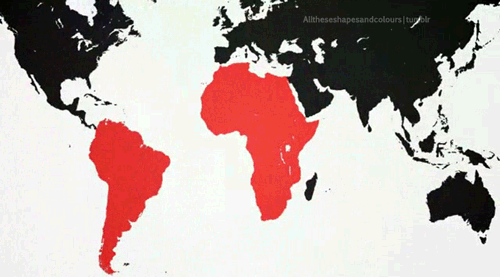
-
 somanyfandoms-alt liked this · 2 months ago
somanyfandoms-alt liked this · 2 months ago -
 that-sapphic-frog liked this · 2 months ago
that-sapphic-frog liked this · 2 months ago -
 brawltogethernow liked this · 4 months ago
brawltogethernow liked this · 4 months ago -
 salvatorecs liked this · 4 months ago
salvatorecs liked this · 4 months ago -
 pinkvampiredoll liked this · 4 months ago
pinkvampiredoll liked this · 4 months ago -
 mraircon reblogged this · 5 months ago
mraircon reblogged this · 5 months ago -
 iblamesinclair liked this · 6 months ago
iblamesinclair liked this · 6 months ago -
 th3m3--t3st liked this · 7 months ago
th3m3--t3st liked this · 7 months ago -
 ageofarcade liked this · 7 months ago
ageofarcade liked this · 7 months ago -
 pulposradioactivosmarihuaneros reblogged this · 8 months ago
pulposradioactivosmarihuaneros reblogged this · 8 months ago -
 candraw liked this · 8 months ago
candraw liked this · 8 months ago -
 deformedbrat liked this · 8 months ago
deformedbrat liked this · 8 months ago -
 darklucia13 liked this · 9 months ago
darklucia13 liked this · 9 months ago -
 unstable-hermit reblogged this · 11 months ago
unstable-hermit reblogged this · 11 months ago -
 unstable-hermit liked this · 11 months ago
unstable-hermit liked this · 11 months ago -
 oxycprincess liked this · 1 year ago
oxycprincess liked this · 1 year ago -
 openedribs liked this · 1 year ago
openedribs liked this · 1 year ago -
 prettyblackkid liked this · 1 year ago
prettyblackkid liked this · 1 year ago -
 loreleideer reblogged this · 1 year ago
loreleideer reblogged this · 1 year ago -
 vamparchy reblogged this · 1 year ago
vamparchy reblogged this · 1 year ago -
 vamparchy liked this · 1 year ago
vamparchy liked this · 1 year ago -
 kawaii-goth-uwu liked this · 1 year ago
kawaii-goth-uwu liked this · 1 year ago -
 thesacredwounds liked this · 1 year ago
thesacredwounds liked this · 1 year ago -
 cinderstill liked this · 1 year ago
cinderstill liked this · 1 year ago -
 desolationofdom reblogged this · 1 year ago
desolationofdom reblogged this · 1 year ago -
 darknovalatte liked this · 1 year ago
darknovalatte liked this · 1 year ago -
 idol-occultum-antoinette reblogged this · 1 year ago
idol-occultum-antoinette reblogged this · 1 year ago -
 dd1315 liked this · 1 year ago
dd1315 liked this · 1 year ago -
 soupofthenight777 reblogged this · 1 year ago
soupofthenight777 reblogged this · 1 year ago -
 soupofthenight777 liked this · 1 year ago
soupofthenight777 liked this · 1 year ago -
 adam9791 reblogged this · 1 year ago
adam9791 reblogged this · 1 year ago -
 pete9791 liked this · 1 year ago
pete9791 liked this · 1 year ago -
 xobaileemadison liked this · 1 year ago
xobaileemadison liked this · 1 year ago -
 etceterodactyl reblogged this · 1 year ago
etceterodactyl reblogged this · 1 year ago -
 vulpes-32 liked this · 1 year ago
vulpes-32 liked this · 1 year ago -
 pasteleriasilvestre reblogged this · 1 year ago
pasteleriasilvestre reblogged this · 1 year ago -
 jordgibby liked this · 1 year ago
jordgibby liked this · 1 year ago -
 person666 reblogged this · 1 year ago
person666 reblogged this · 1 year ago -
 colourofaurora liked this · 1 year ago
colourofaurora liked this · 1 year ago -
 paradox-view reblogged this · 1 year ago
paradox-view reblogged this · 1 year ago -
 paradox-view liked this · 1 year ago
paradox-view liked this · 1 year ago -
 aertalias liked this · 1 year ago
aertalias liked this · 1 year ago
Stardate: 2258.42...or, uh, 4... Whatever. Life is weird, at least we've got science.
75 posts
